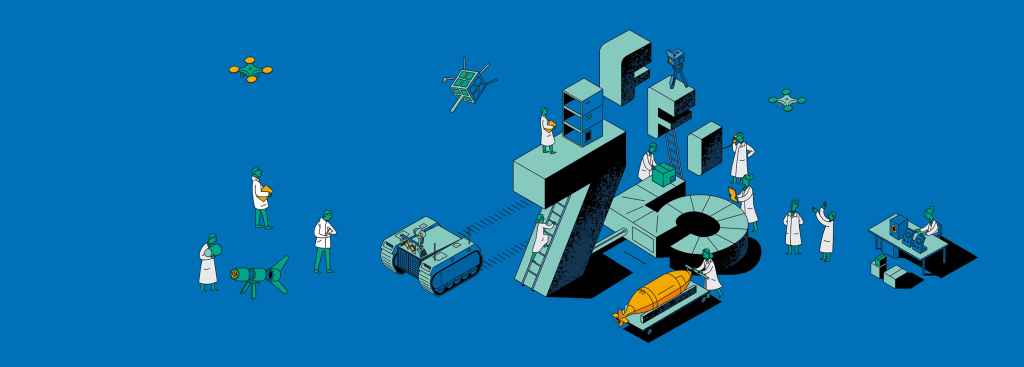
On 11 April 1946, the Norwegian Parliament (Stortinget) decided to establish the Norwegian Defence Research Establishment (FFI). FFI has now been supplying knowledge
and ideas for an effective Norwegian defence for 75 years.
In 2021 we celebrate our 75th anniversary by sharing stories and films from our archive.
Video: Prouds past - exciting future

Moments of history
1947
The researchers move in
FFI was established by Parliamentary resolution on 11 April 1946. A year later, researchers and engineers moved into the buildings abandoned by the Germans, on what were farmlands at Kjeller. Luftwaffe had their combat medical training here. The building in the photo still houses many FFI researchers, and the field behind it is still being ploughed today.


1954
Hello?
Haakon Sørbye is testing FFI’s microwave links between several Norwegian cities. Building good telecommunications was a priority. Industrial production and export followed in the aftermath. On the right is Director of Research Sture Koch. The man to the left is unknown.
1958
Digital Frederic
Harald Keilhau in front of FFI’s first digital computer, with 2000 vacuum tubes and 20kW heat loss. Ferranti Rapid Electronic Defence Research Institute Computer (Frederic) represented a breakthrough in researchers’ ability to solve complex mathematical problems. They had previously used electromechanical machines. Frederic was Europe’s most advanced computer. It was smuggled in as diplomatic mail to avoid additional fees.


1962
Hipp, hipp!
Egil Eriksen ‘test rides’ a Nike Cajun rocket. The rocket was then given an instrument section at the front and became Norway’s first research rocket, Ferdinand 1. It was launched from Oksebåsen rocket range on Andøya, that FFI had worked to establish.
1967
Glass blower
The small detector element in the Penguin missile, that registers heat waves, had to be kept cool to avoid internal noise. The solution was to place the element in a small glass thermos. A vacuum in the thermos was necessary to avoid condensation upon cooling. Liquid nitrogen (-196°C) was used to cool the detector element. Jan Knudsen was FFI’s in-house glassblower. He created the small thermoses and solved many difficult problems.


1978
Befoer Yr (Norwegian weather service)
FFI had its own local weather radar long before weather services such as Yr became a public service. This radar was developed for field artillery. Here, Georg W. Rosenberg is busy with its operation. The attire was appropriate for the era but perhaps not for the cold north wind that often blew at Kjeller.
1980
Calculating machine with unheard of performance
The multiprocessor, Martinus, had 30 single processors and a miniature machine from Norsk Data that operated everything. This fast-calculating machine was intended to perform highly advanced signal processing and was placed at a site in Northern Norway. Both the hardware and software elements exceeded the system’s boundaries


1991
Protection from the cold for wounded in the field
For many years, FFI worked on charcoal-based stoves and heaters. One example is the patient warmer, which together with the patient bag were to prevent a wounded person from developing complicated frostbite on their arms and legs. This little incinerator had a fan that effectively supplied plastic hoses with warm air.
2006
Power nap
During a field test on Andøya, FFI researchers direct instrumented infrared missile seekers at planes and helicopters. The plane shoots out flares resembling fireworks to try to trick the missile seekers to steer toward them instead of the plane. Researchers check their instruments to see whether or not the missile seekers have been tricked. This was an early test and not much of the equipment they had constructed was functioning as it should. Therefore, they worked day and night to make things work. Everyone was tired and engineer Egil Bernt Austrheim uses this opportunity to take a power nap, while a P-3 Orion aircraft makes a low pass above him.


2012
Optic sensors
Researcher Daniela Heinrich uses optic sensors to test the properties of a new camouflage smoke screens. This was one component of the testing of a new type of smoke grenade. Military smoke grenades are manufactured for various purposes: To create signal smoke, mark targets or landing zones, or to provide a smoke screen when moving.
2015
Radar to Mars
Researcher Mats Øyan tests a prototype of the Ground-penetrating Radar Imager for Mars Subsurface Experiment (RIMFAX) on Svalbard. RIMFAX is installed on the Perseverance rover, which landed on Mars in February 2021. Mars is a cold and dry planet and Svalbard is well-suited for this type of test, due to its glaciers. RIMFAX searches underground to help determine the type of geology it traverses. This may enable it to find sites on Mars where there may have been water.


2021
Sensor Wolf
Headless Freke is named after one of Odin’s two wolves. This four-legged robot from Boston Dynamics is part of the research conducted by FFI on drones and unmanned vehicles. Can Freke become part of a flock dispatched to provide soldiers with vital information about their environment? Could he ride in an unmanned tank and then move into buildings and environments that others are unable to access? This is what Tønnes Frostad Nygaard (photo) and his research colleagues want to know. Autonomy combined with advanced sensors is becoming increasingly important for the Norwegian Armed Forces.
Stories related to our 75th anniversary
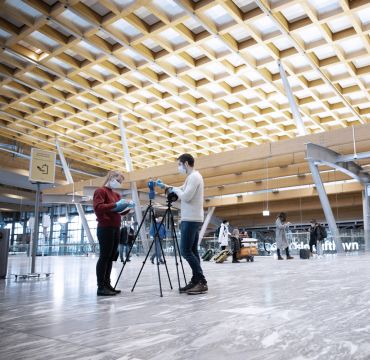
The virus hunt

How Sverdrup uncovers the deep sea
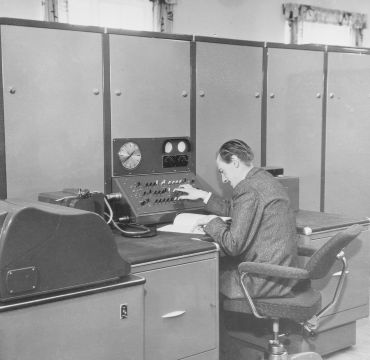
The computer age was smuggled into Norway

When terrorism researchers at Kjeller were in the spotlight of the international press
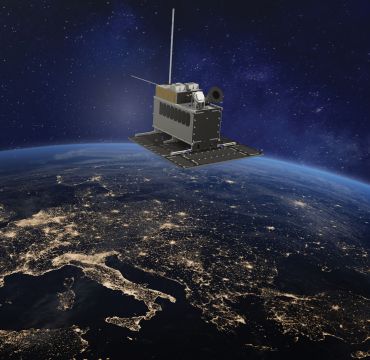
“It was like turning on the light”
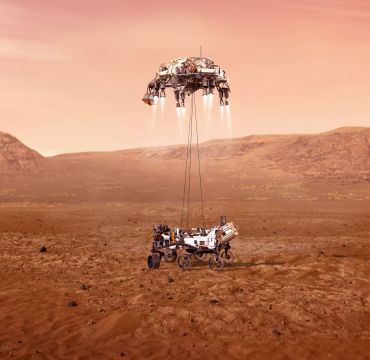
Rimfax is FFI’s pioneer on Mars
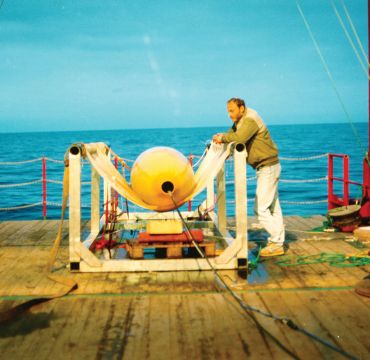
The story of Hugin – an autonomous underwater vehicle

The terrorism researchers

Space scouts
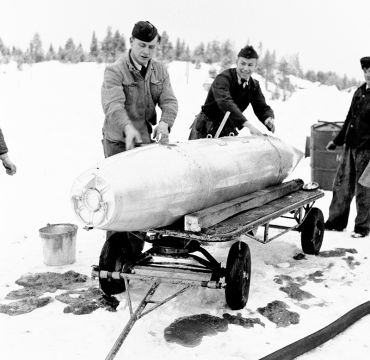
Spermal was Norwegian napalm
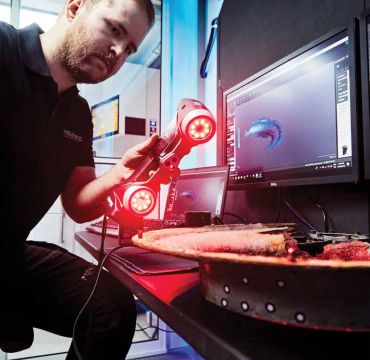
Can spare parts fit in your pocket?

